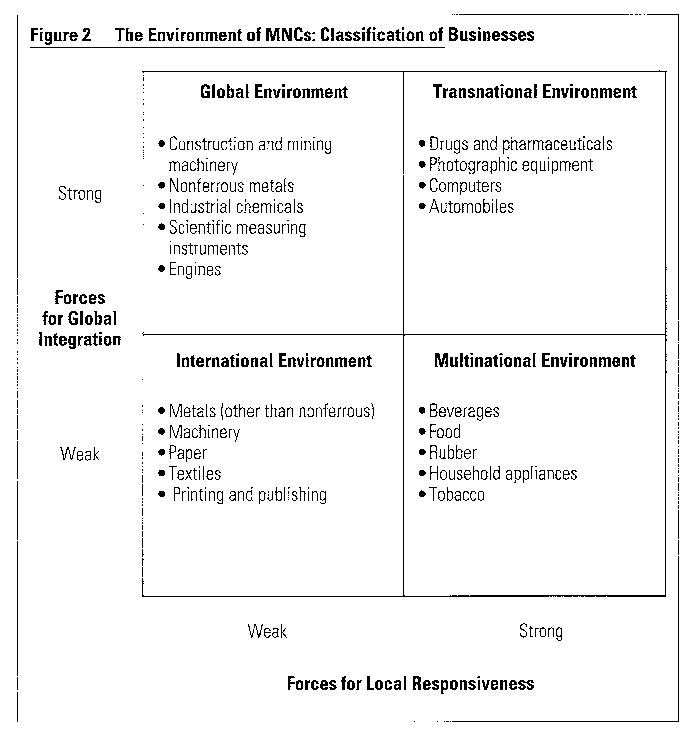CONCEPT OF MULTINATIONAL CORPORATION

A multinational corporation (MNC) or multinational enterprise (MNE) is a corporation enterprise that manages production or delivers services in more than one country. It can also be referred to as an international corporation. They play an important role in globalization. A corporation that has its facilities and other assets in at least one country other than its home country. Such companies have offices and/or factories in different countries and usually have a centralized head office where they co-ordinate global management. From above we can summarize it as · Large in size Simultaneous Operations in Multiple countries: · Factors of production from multiple countries: · System form the home country applied to the host countries: · Virtual independence of subsidiaries. Types of MNC’s On the basis of Management Orientation: 1. Ethnocentrism : Home country system is superior, sees si




